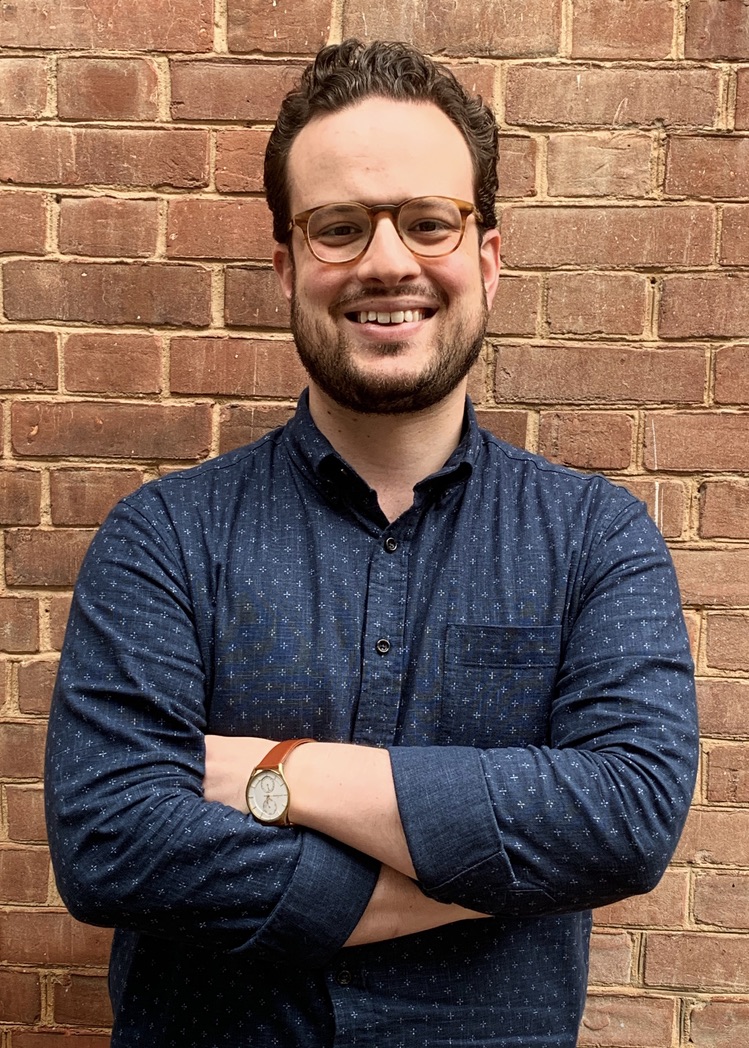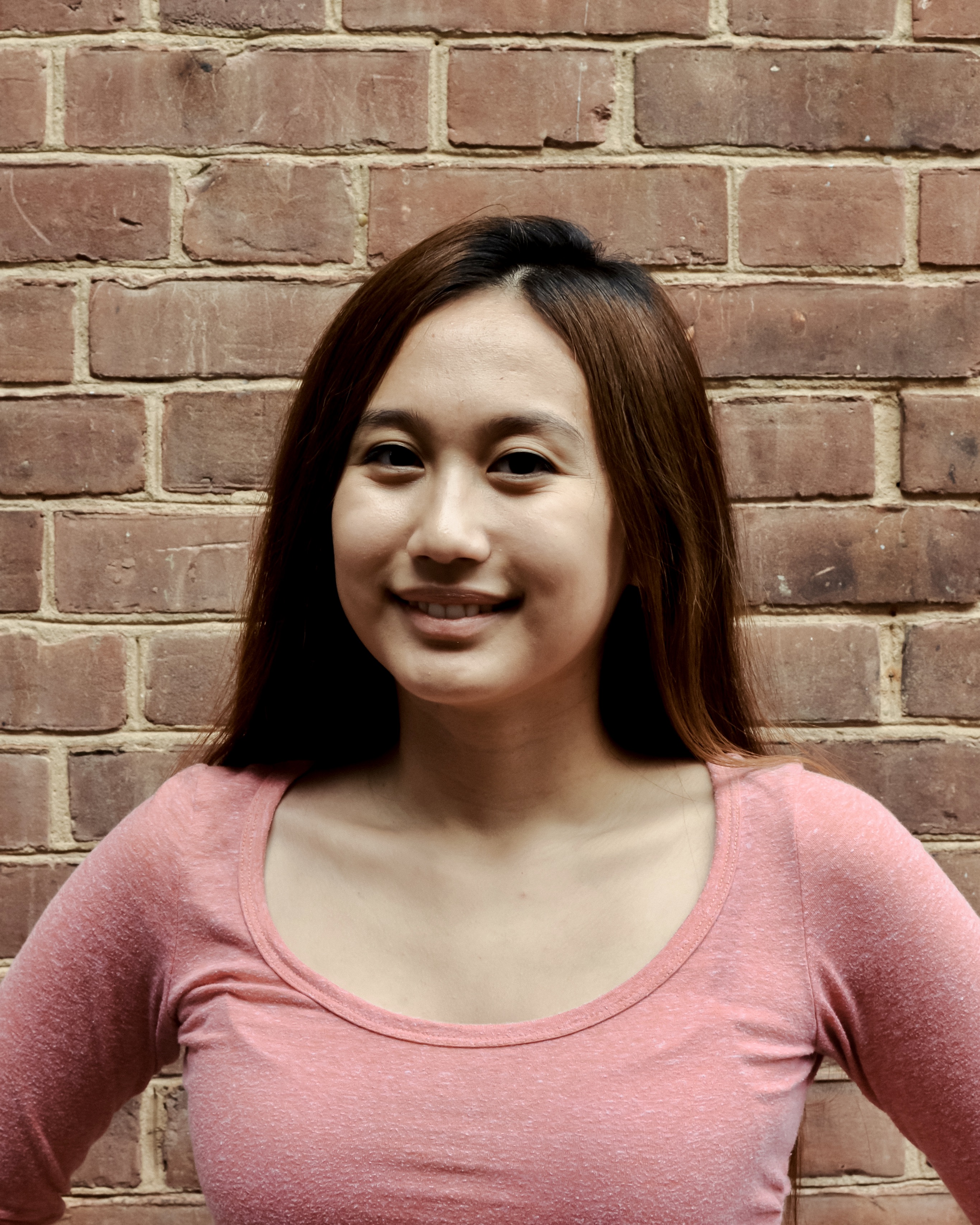The Power of Qualitative Research Amidst COVID-19

 JOSEPH BOSELOVIC & JASMINE SAUSEDO
JOSEPH BOSELOVIC & JASMINE SAUSEDO
Sociology
JHU Doctoral Students
COVID-19 has upended many fundamental aspects of American life. Ever increasing rates of infection and new hot spots across the country indicate that a prolonged and painful process of recovery looms, despite the development and roll-out of multiple vaccines. Perhaps one of the most persistent challenges of the pandemic from a policy perspective is the extent to which Americans’ experiences of the virus vary. What the virus means to Americans depends to a great extent on where they live and where they fall within the hierarchies of race, class, and gender. Behind abstract data points plotting fluctuations in rates of transmission and death, Americans are making sense of and responding to COVID-19 within the specific contexts of their everyday lives. Along with robust public health and safety measures, understanding how individual Americans are responding to the pandemic is essential for building a safer and more equitable society in the wake of COVID-19.
Over the last year, we’ve been fortunate to be a part of a team of researchers facilitating in-depth interviews with people in and around Seattle, Washington. Despite the disorientation and strain of shifting our research from in-person, ethnographic interviews to talking to respondents over the phone, our experiences reinforced the importance of qualitative research in how the social sciences can and should respond in moments of crisis and suffering. As part of an ongoing project focused on housing, neighborhoods, and schooling facilitated by the Poverty and Inequality Research Lab at Johns Hopkins University, we’ve been able to gather first-hand accounts of how our respondents’ lives have changed as a consequence of the global pandemic.
An interview we had with Cece, a Black mother of three living in South Seattle, is particularly illustrative of how interviews can reveal the complex lived realities of COVID-19. When we spoke with her in June, she had just recovered from a severe case of the virus. Our conversation began with her harrowing day-by-day recollection of having the virus: how she had to pull over on the side of the highway and call her sister for help when chest pains became too great; how she went from feeling fine to becoming too weak to walk around her house within the course of just a few days. It soon became clear, however, that her symptoms were only part of a larger story of the difficulties and obstacles that she was facing during the pandemic.
Besides being stressed about not being able to work and earn money while sick, Cece was concerned about the well-being of her children, who went to live with her sister and manage the transition to virtual schooling on their own. Cece went on to reveal the ways in which her fears about COVID-19 and the ongoing crisis of police brutality were intimately connected. Her son was initially nervous to return home and risk catching the virus from his mother, having expressed concern that she may not survive COVID-19. Once he did return home, along with his sister and brother, she observed, “My son, I wouldn’t say he has anxiety, but he’s… How do I put this? He’s kind of skeptical of going out, you know, going out into the world.” She explained that at the same time as he was overcoming safety fears related to returning to his own home, he was also acutely stressed about being racially profiled and possibly targeted by police outside his home in the wake of the protests in Seattle that arose in response to the murder of George Floyd.
Another interview with Anastasia, a Black mother residing with her two children in Issaquah, also highlighted the potential of interviewing to capture a richer understanding of COVID-19’s consequences. Employed at a hair salon and planning to open a small business selling hair products, Anastasia pursued her professional ambitions with optimism and excitement prior to the pandemic. However, once Washington shut down in response to COVID-19, Anastasia was deemed a non-essential worker and promptly lost her primary source of income. Securing the funds to open a new business became impossible. Instead, Anastasia was left worrying about how she would make ends meet for herself and her two young children. Dependent solely on SNAP benefits and her stimulus check to support her family, Anastasia could not say with confidence whether she would be able to afford a roof over her head when the moratorium on evictions ends.
Although she yearned to return to work and free herself from self-isolation after spending months at home, Anastasia discussed how ignoring COVID-19 precautions posed a tremendous risk to her family. Contracting the virus would mean she would be leaving her two children without their sole provider while she recovered. And if any grim uncertainty loomed large on Anastasia’s mind, it was that recovery from COVID-19 is never guaranteed. Anastasia discussed coping with the death of family members who have lost their lives to the coronavirus. She went on to explain how the loss of her relatives and other Black Americans to COVID-19 may have been prevented altogether had their symptoms been taken seriously by medical professionals at the onset of illness. Rather than being treated as possible COVID-19 cases, Anastasia recalled her family members being prescribed cough syrup and given no further medical attention until their conditions had significantly deteriorated. What Black Americans lack, according to Anastasia, is “the complexion of protection.”
The experiences of Cece and Anastasia reinforce the notion that beyond a public health crisis, the pandemic is also a social crisis. Our relationships with our friends and families as well as with institutions such as schools, the criminal justice system, and places of employment have all been fundamentally transformed. Decades of social science research provides perspective on how this ongoing transformation might shape existing inequalities and create inequality anew. While infection rates and transmission patterns provide essential data about the virus and attempts to constrain it, trend lines alone do not reveal the entire story of our current moment. Actually speaking with individual Americans about how they are making ends meet and managing daily life in the age of COVID-19 reveal the complex lived realities of the pandemic and how it is shaping inequality in American society. Just as each person we have interviewed this past year defined ‘social distancing’ in slightly different ways, so too have each of our interviewees had distinctive experiences with COVID-19. While a vaccine is necessary to address the public health emergency wreaking havoc across the country, a vaccine alone will not address the social crises that the pandemic has made more visible and more stark. What is also needed is rigorous and humane social science that engages with the lived experiences of COVID-19 in ways that can help build a more just and equitable society after the pandemic.
- Log in to post comments